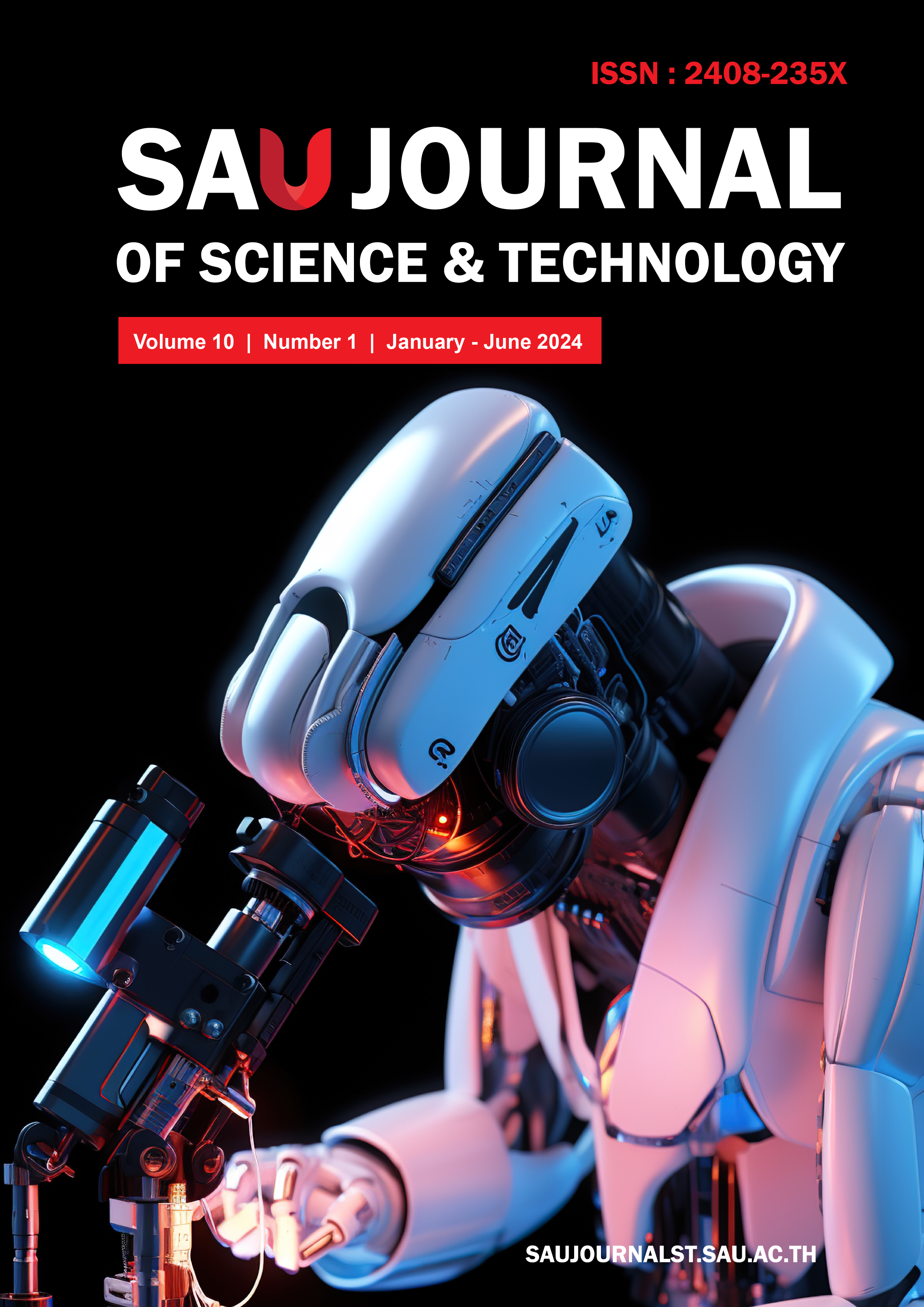Suggestions of water-saving measures: A Case Study of a University in southern China
Main Article Content
Abstract
Water resources are one of the key elements of global sustainable development. However, water resources are currently facing serious challenges worldwide, including water scarcity, water pollution, and imbalanced supply and demand. Water conservation measures have always been an important issue for solving various water resource problems worldwide. This article took a university in southern of the People's Republic of China as an example, documented existing water-saving measures, and proposed improvements for systematic and effective water resource protection and utilization. The findings were key recommendations such as replacing manual with automatic water-saving facilities, adding a remote water meter for leak detection, renovating the hot water system, enhancing rainwater reuse and improving the effective utilization of miscellaneous water systems for efficient water recycling. Among them, effective utilization of miscellaneous water can save at least 30000 tons of water and 135000 yuan per year.
Article Details
References
L. Liu, “Research on water resource security in China since the 21st century,” Inter. Political Studies, no. 2, pp. 136-159, 2023. (in Chinese).
World Meteorological Organization, “State of Global Water Resources 2022 Report,” WMO-No. 1333, pp. 1-53, 2023.
X. X. Sheng, “Global water resource: pressure continues to rise,” People's Daily Inter. Edition, September 26, pp. 17, 2023. (in Chinese).
Ministry of Construction of the People’s Republic of China, “General code for design of building water supply and drainage and water saving,” 2021. (in Chinese).
Ministry of Construction of the People’s Republic of China, “Domestic water saving devices,” 2002. (in Chinese).
M. Ali, G. Munala, T. Muhoro, J. Shikuku, V. Nyakundi and A. Gremley, “Water Usage Patterns and Water Saving Devices in Households: A Case of Eastleigh, Nairobi,” J. Water Resource Protection, Vol. 12, pp. 303-315, 2020.
K. Wong, Y. J. Zheng, Z. Zhang, Y. P. Tang, W. H. Song and X. M. Guo. “Investigation and Application of Water-Saving Monitoring Technology in Public Institutions,” Pearl River, Vol. 43, no. 6, pp. 45-52, 2022. (in Chinese, translated abstract).
S. S. Anchan and H. C. Shiva Prasad, “Feasibility of roof top rainwater harvesting potential - A case study of South Indian University,” Cleaner Engineering and Technology, Vol. 4, pp. 100206, 2021.
T. Liu, W. Z. Zhao, B. Ma and W. H. Zeng, “Research on the Construction of Rainwater Recycling and Utilization System in Universities, Taking Southern University of Science and Technology as an example,” Industry-Specific Services, pp. 75-77, 2023. (in Chinese).
K. Q. Zhang, H. S. Zhang, A. R. Ning, N. Wang, J. X. Li and L. B. Han, “Application and Development of Green Land Irrigation by Municipal Reclaimed Water at Home and Abroad,” Journal of Agro-Environment Science, Vol. 24, pp. 384-388, 2005. (in Chinese, translated abstract).
K. Q. Lu, “Application of Sponge City Concept in the Design of Water Supply and Drainage System for Building,” Smart City, Vol. 277, pp. 129-132, 2023. (in Chinese, translated abstract).
X. N. Li, J. Q. Li, X. Fang, Y. W. Gong and W. L. Wang, “Case Studies of the Sponge City Program in China,” World Env. Water Resources Cong., pp. 295-308, 2016.
H. Zheng, Z. H. Rao, L. F. Fang, D. Luo, “Design of Urban Intelligent Water Supply System Based on the Internet of Things,” Sci. Tech. Square, Vol. 176, no. 7, pp. 185-188, 2016. (in Chinese, translated abstract).
J. Pérez-Padillo, J. G. Morillo, J. Ramirez-Faz, M. T. Roldán and P. Montesinos, “Design and Implementation of a Pressure Monitoring System Based on IoT for Water Supply Networks,” Sensors, Vol. 20, pp. 1-19, 2020.
Q. S. Wang, D. X. Yang, X. X. Kong and K. Fang, “A leak detection system for water supply pipelines based on Internet of Things technology,” Computing Tech. Information Dev., Vol. 8, no. 2, pp. 70-71, 2011. (in Chinese).


